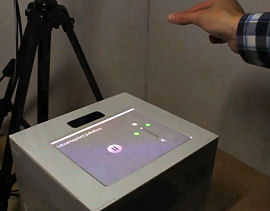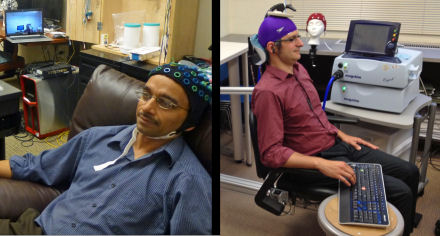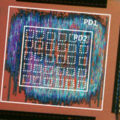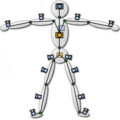
Using focused ultrasound radiation, scientists have created a human-computer interface that provides haptic (touch) feedback above a computer screen without having to touch or hold any device. The system, developed by University of Bristol (UK) researchers, will be unveiled this week at the ACM Symposium on User Interface Software and Technology in Scotland.
Co-developer Tom Carter said the technology, dubbed UltraHaptics, allows people to “feel” what is on the screen. “UltraHaptics uses the principle of acoustic radiation force where a phased array of ultrasonic transducers is used to exert forces on a target in mid-air,” he explained. “Haptic sensations are projected through a screen and directly onto the user’s hands.”
To deliver tactile sensations to the user, a series of ultrasonic transducers emit very high frequency sound waves. When all of the sound waves meet at the same location at the same time, they create sensations on the skin.
In tandem with the force-feedback system, the researchers have also established the necessary properties of a display surface that is transparent to the ultrasound radiation. “We have designed a system with an ultrasound transducer array positioned beneath an acoustically transparent display,” Carter said. “This arrangement allows the projection of focused ultrasound through the interactive surface and directly onto the users’ bare hands. By creating multiple simultaneous feedback points, and giving them individual tactile properties, users can receive localized feedback associated to their actions.”
So far, the researchers have explored three interaction possibilities: mid-air gestures, tactile information layers and visually restricted displays, and created an application for each.
Related:
Discuss this article in our forum
Kinect-like gesture recognition leveraged from standard WiFi signals
Magnetic wand provides three dimensions of smartphone interaction
Researchers demo human brain-to-brain interface










Comments are closed.